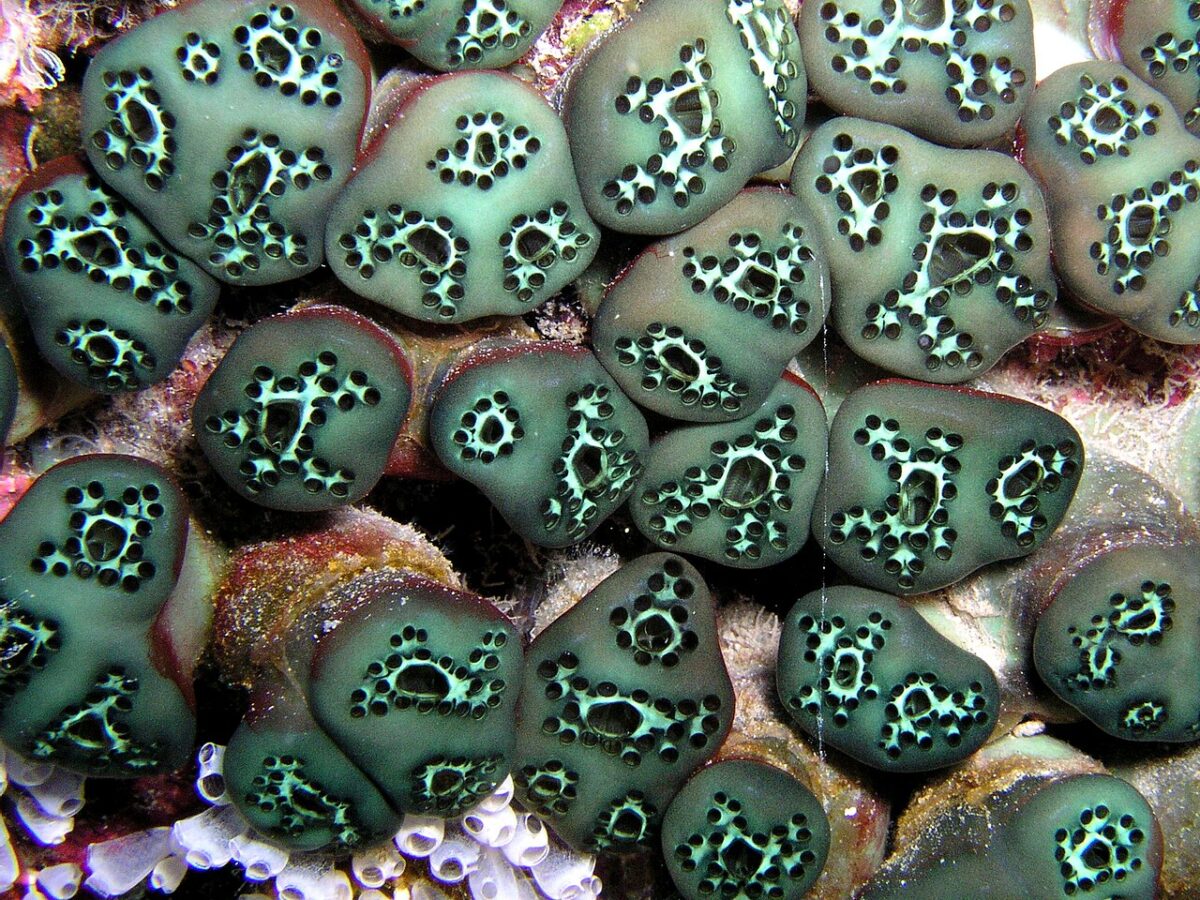https://www.pv-magazine.com/2023/09/07/new-bio-inspired-based-algorithm-to-improve-pv-output-under-partial-shading/
New bio-inspired based algorithm to improve PV output under partial shading

The proposed algorithm imitates jet propulsion and swarm behaviors of tunicates
Image: Nick Hobgood, Wikimedia Commons
An international research team has proposed use of a modified version of the tunicate swarm algorithm (TSA) to help PV arrays achieve an improved yield under partial shading conditions. The TSA is an algorithm inspired by marine animal tunicates' method for food hunting. It tries to reproduce the way swarms of it avoid conflict between search areas, find candidate solutions, and finally converge at the most prosperous place.
“The TSA provides two behaviors for finding food sources which are jet propulsion and swarm intelligence. The jet propulsion behavior occurs through satisfying three conditions, avoiding conflict between search agents, moving to the location of the best position (candidate solutions), and converging the location of the best-obtained solution,” the scientists explained. “However, the swarm's behavior updates the positions of other tunicates based on the best existing solution.”
The modified TSA (MTSA) works by controlling the DC-DC boost converter at the PV array terminals, as it configures the suitable duty cycle – that is the switching on and off of the different parts in the electric circuit, in accordance with the shade patterns. It aims to achieve the lowest possible difference between the global peak, which is the output that is achieved in standard testing, and the multi-local peak, which is the maximum output that can be reached under certain shading conditions.
The researchers used the algorithm in four PV system configurations with five different shade patterns. They found the MTSA obtained power errors of 0.0652 W, 0.00026 W, 0.00022 W, and 0.000067 W, respectively under different shading conditions. Under uniform irradiance, it achieved an error of 0.000047 W.
“It is clear that the proposed MTSA is the best one in all studied shade patterns,” the researchers said, noting that they compared its performance with that of a pure TSA algorithm, as well as with that of the teaching learning-based optimization (TLBO), particle swarm optimization (PSO), Coot, CapSA, and P&O algorithms, which are all commonly utilized in PV applications.
Popular content
“The proposed MTSA updates the tunicates’ positions in the current population based on randomly determined positions in the exploration phase,” they explained. “As a result, in the swarm behavior phase two different random numbers are incorporated in the tunicate’s updating equation to provide solutions in different positions in the search area.”
The algorithm is presented in the paper “Modified tunicate swarm algorithm-based methodology for enhancing the operation of partially shaded photovoltaic system,” published in the Alexandria Engineering Journal. “The proposed tracker will be applied on large-scale PV system in the next works to validate its robustness,” the academics said, referring to the future directions of their work.
The research group includes scientists from the Jouf University and the King Fahd University of Petroleum & Minerals in Saudi Arabia, as well as from the Higher Technological Institute in Egypt.
This content is protected by copyright and may not be reused. If you want to cooperate with us and would like to reuse some of our content, please contact: editors@pv-magazine.com.



